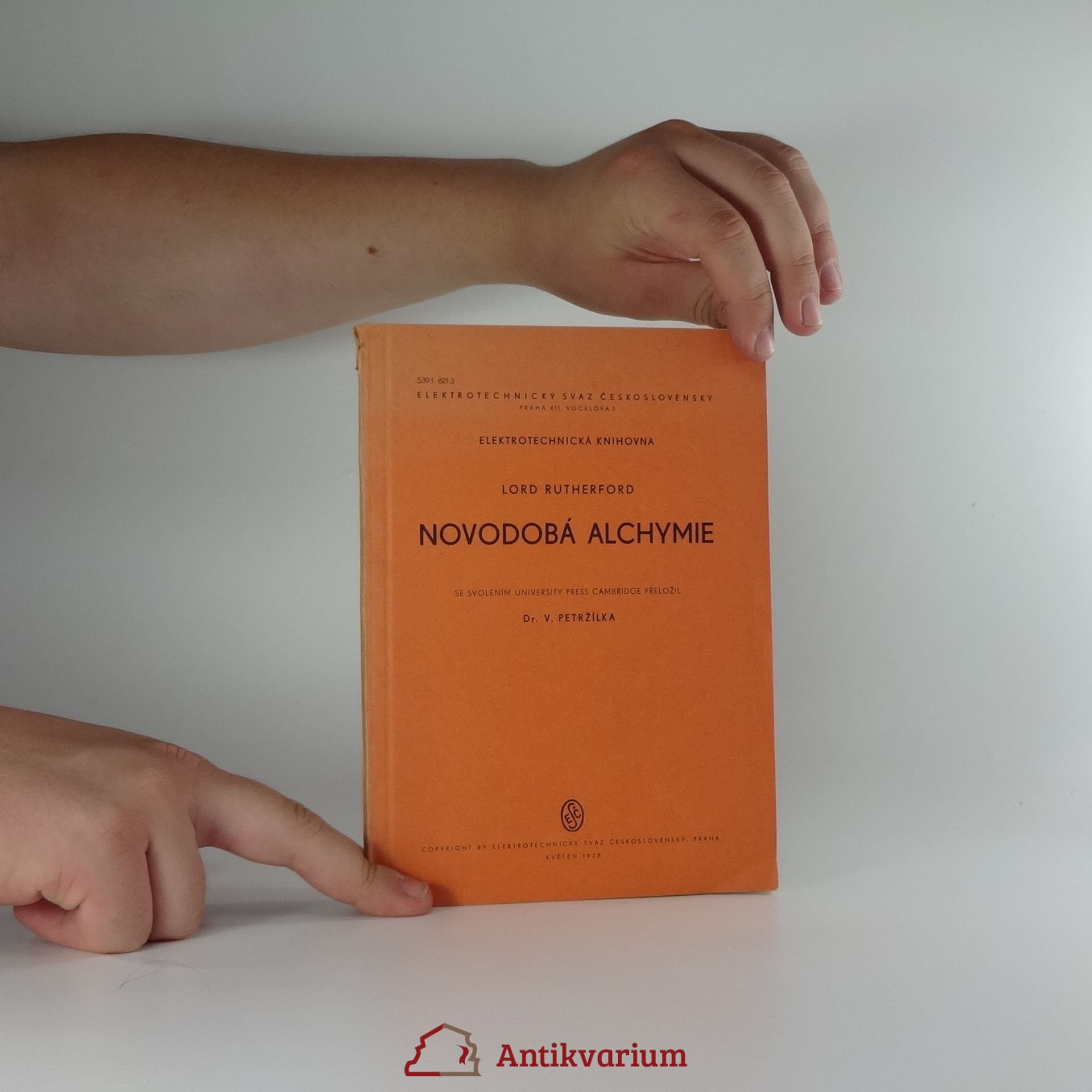Ernest Rutherford Knihy
Ernest Rutherford, otec jadrovej fyziky, bol priekopníkom v chápaní atómu. Jeho experimenty odhalili koncept rádioaktívneho polčasu rozpadu a dokázali transformáciu prvkov, za čo mu bola udelená Nobelova cena. Rutherford ako prvý navrhol atómový model s malým, hustým jadrom a úspešne „štiepil“ atóm, čím objavil protón. Jeho práca položila základy modernej jadrovej fyziky a jeho odkaz žije v pomenovaných vedeckých objavoch a inštitúciách.






Radioactive Substances And Their Radiations (1913)
- 720 stránok
- 26 hodin čítania
This scarce antiquarian book is a facsimile reprint of the original. Due to its age, it may contain imperfections such as marks, notations, marginalia and flawed pages. Because we believe this work is culturally important, we have made it available as part of our commitment for protecting, preserving, and promoting the world's literature in affordable, high quality, modern editions that are true to the original work.
Radio-activity
- 420 stránok
- 15 hodin čítania
Radioactive Substances And Their Radiations
- 726 stránok
- 26 hodin čítania
Lectures Delivered at the Celebration of the Twentieth Anniversary of the Foundation of Clark Univer
- 176 stránok
- 7 hodin čítania
This work has been selected by scholars as being culturally important, and is part of the knowledge base of civilization as we know it. This work was reproduced from the original artifact, and remains as true to the original work as possible. Therefore, you will see the original copyright references, library stamps (as most of these works have been housed in our most important libraries around the world), and other notations in the work. This work is in the public domain in the United States of America, and possibly other nations. Within the United States, you may freely copy and distribute this work, as no entity (individual or corporate) has a copyright on the body of the work. As a reproduction of a historical artifact, this work may contain missing or blurred pages, poor pictures, errant marks, etc. Scholars believe, and we concur, that this work is important enough to be preserved, reproduced, and made generally available to the public. We appreciate your support of the preservation process, and thank you for being an important part of keeping this knowledge alive and relevant.
The first volume of Lord Rutherford's scientific papers offers a comprehensive collection that includes not only his research but also addresses, general lectures, and letters to editors. It features personal recollections from friends and colleagues, providing insight into his scientific contributions and legacy. This volume serves as an essential resource for understanding Rutherford's impact on the field of science and his interactions within the scientific community.
Radioaktive Umwandlungen
- 294 stránok
- 11 hodin čítania
